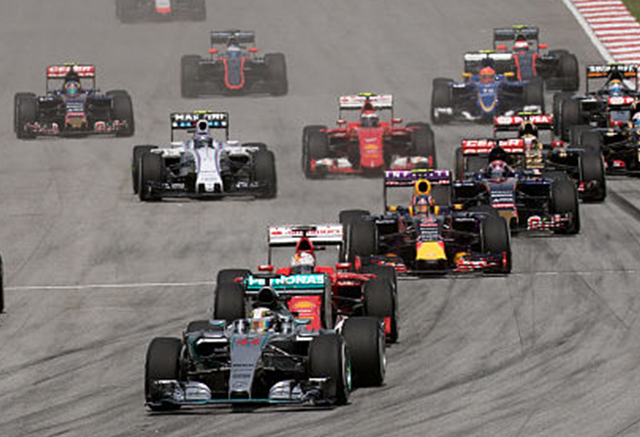
In a move that is certain to stir up debates the world over in the motorsport scene, the 2026 Canadian Grand Prix in Formula 1 will go head-to-head with the Indianapolis 500, however only once every five years. This year, there is a big change to the new 24-race calendar that was recently released by F1, in that Montreal will be moving into the regular Monaco time slot in late May, thus pitting it directly against the IndyCar crown jewel event.
This change is not here to stay, however. Motorsport officials know that the overlap will be unlikely to happen, and when it does it will be a planned exception, not a regular nuisance to fans. Starting in 2027, Montreal will be back in its regular position a week before Indy 500, alleviating the problem of dual-screen predicaments.
The shift is part of a bigger plan by Formula 1 to streamline its calendar in terms of sustainability and logistics. Shifting the Canadian round forward to a position closer to Miami, which operates on 3 May, forms a North American cluster that reduces transatlantic freight flows. F1 is also takes steps towards its Net Zero 2030 targets by cutting useless shipping across continents. This layout although there remains a two-week gap between the two races, the freight can be transported between Florida and Quebec without returning to Europe at a high cost.
However, the new status that Montreal acquired in May is not all about the carbon emissions. It is also about weather. Quebec in late spring may be hard to predict. Any earlier date increases the possibility of cold, wet weather that can be disastrous to operations and preparation. Organizers, who have had problems with logistics in previous years, have demanded the last weekend of May to make a compromise between safety and performance. The other reason that timing is good is that it does not overlap too much with the commercial gravitation of Miami, and thus the two events have some space to promote tickets without annoying each other.
In 2026, it will hurt the fans who follow both F1 and IndyCar. The Indy 500 starts slightly more than an hour before the Canadian Grand Prix, but the two events will run concurrently for several hours given its duration. Among the hard-core motorsport fans it is a close call: the sophistication of Montreal or the history of Indianapolis. However, in the case of Formula 1 the answer is obvious. The organization is not very worried about avoiding other series. It has already conflicted races with Le Mans weekend and does not appear to mind allowing the viewers to decide which one they prefer.
As a broadcaster, this conflict may appear to be preventable, although F1 seems sure that the overlap will not damage its ratings to a large extent. These numbers indicate that F1 and IndyCar may be focused on somewhat different audiences, and the intersection of their most devoted followers is not as substantial as one could expect.
In another part of the 2026 calendar, the new Spanish Grand Prix host, Madrid, will make its debut, introduced with more intrigue. Madrid street-permanent hybrid circuit, to replace Imola, should provide high-speed drama and its September date makes it a natural partner with Monza. The building work at the new site has eventually started allaying fears that the delays might scuttle the Spanish move. Nevertheless, in the event that Madrid fails, then Imola as a backup or Barcelona taking over the position of Madrid are all possibilities.
In the meantime, the new calendar makes the life of F1 personnel a bit better. The feared triple-header has been split up by readjusting the European races in May and June. Monaco and Barcelona will now be back-to-back followed by a break before Austria and Silverstone. That will assist crews with travelling, but the gruelling final stretch of the year is yet to come. There are six races in seven weeks left on the books from mid-October to early December. The final three of Las Vegas, Qatar and Abu Dhabi is becoming a common constant, as they are all set to run a third season in a row.
Triple-headers, which were initially an emergency pandemic boat, are here to remain. F1 has made the sacrifice of having 24 races. Teams are adjusting so as to have a balanced off-season and summer break. Personnel rotation is getting to be the norm. Communication technology is facilitating the burden with remote operations. The calendar might be unforgiving but Formula 1 is changing to be able to live through it.
The confrontation between Canada and Indy in 2026 might prove to be an occasional storm, yet it is an indication of the increased complexity in motorsport scheduling in the global arena. The calendar of F1 is no longer a matter of tradition only, it is logistics, emissions, business and growth. The fans may moan but to Formula 1, this is the cost of modernisation.
Instagram: https://www.instagram.com/zeroto30s/
Facebook: https://www.facebook.com/zeroto30s
Twitter: https://twitter.com/zeroto30s
Youtube: https://www.youtube.com/@Zeroto30s
